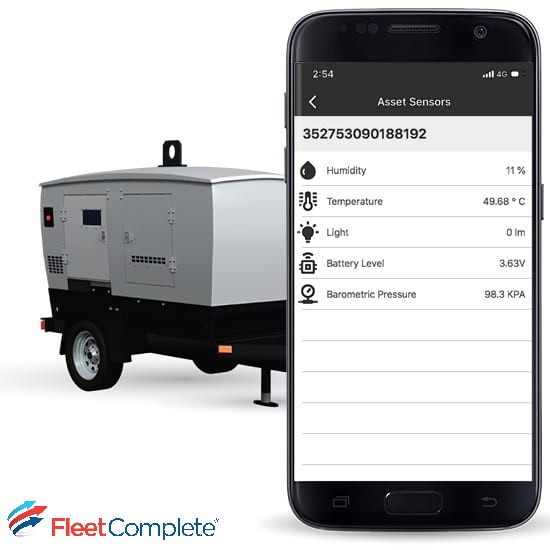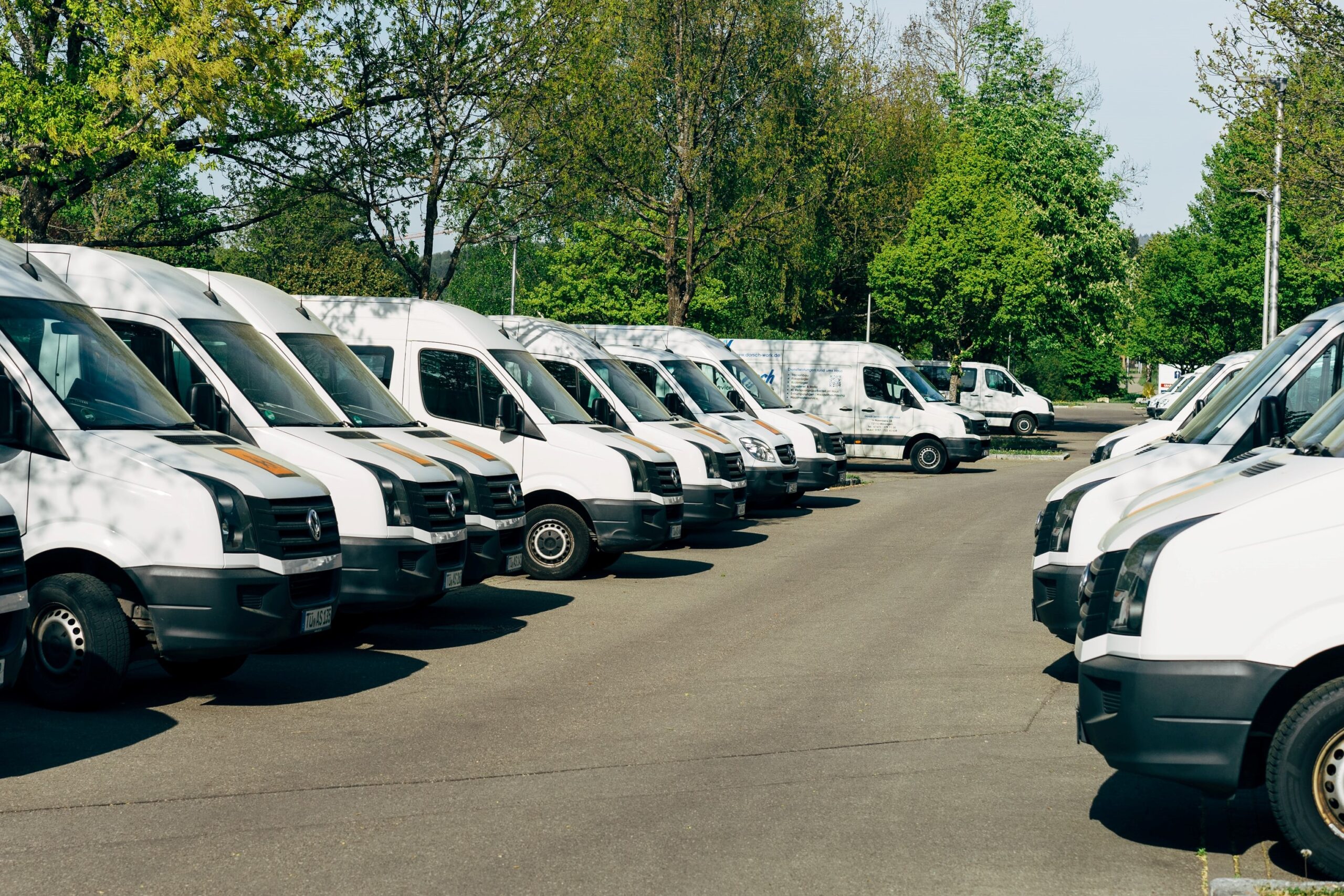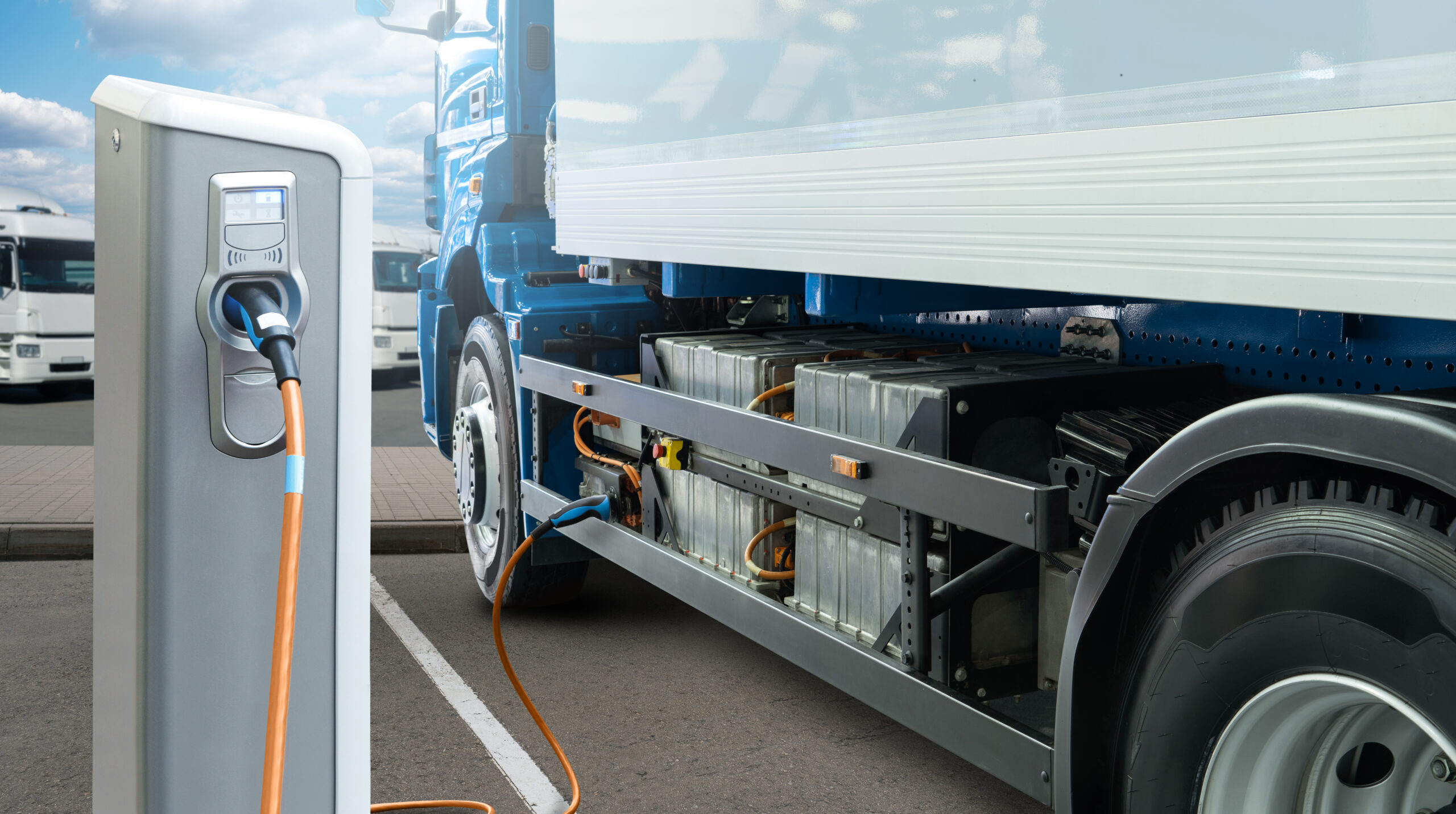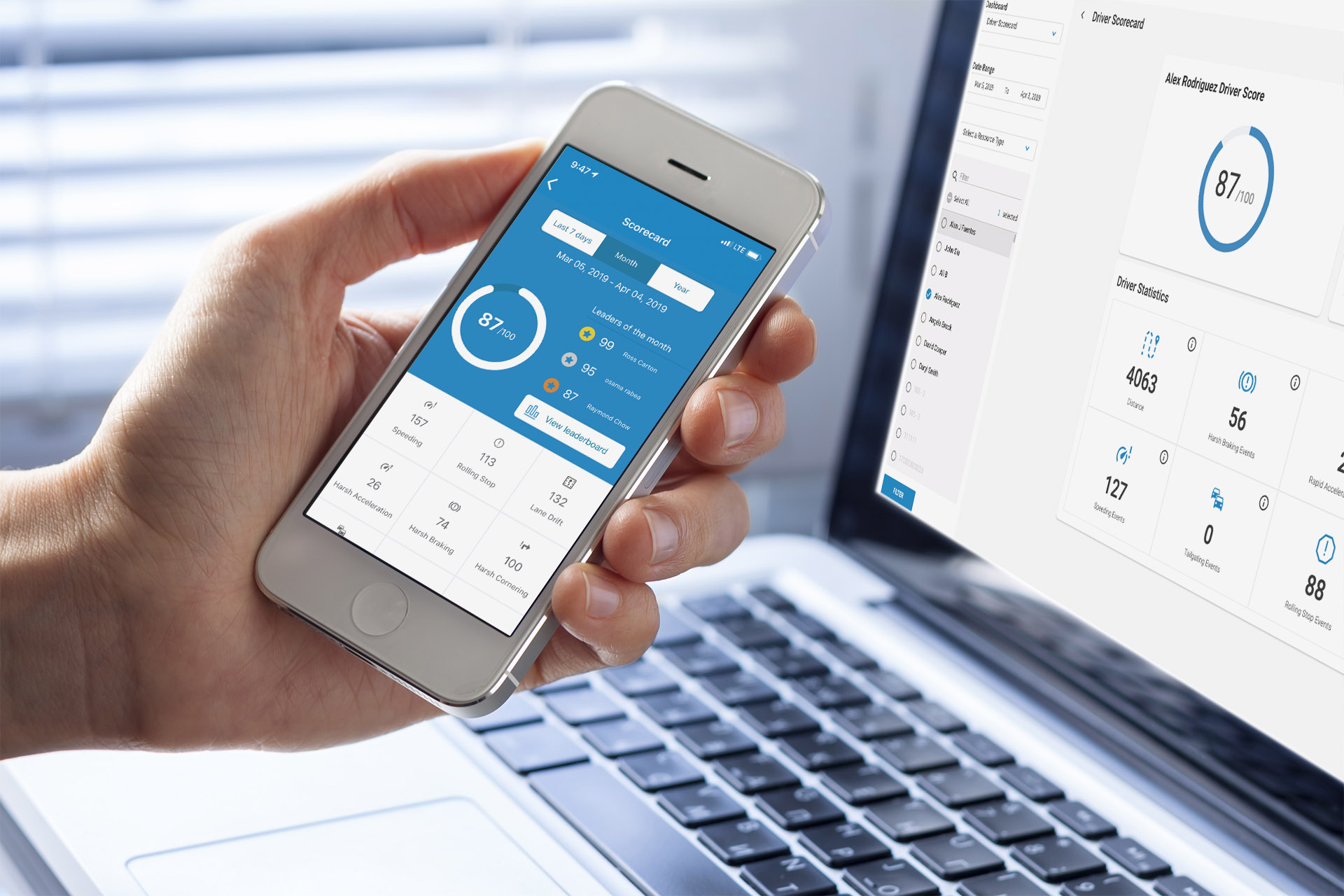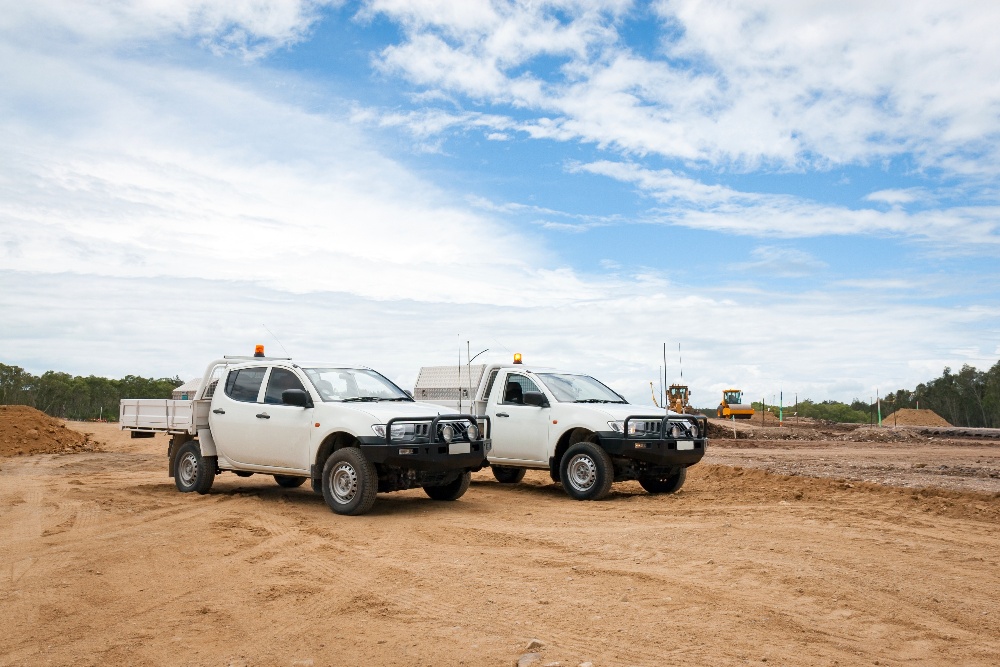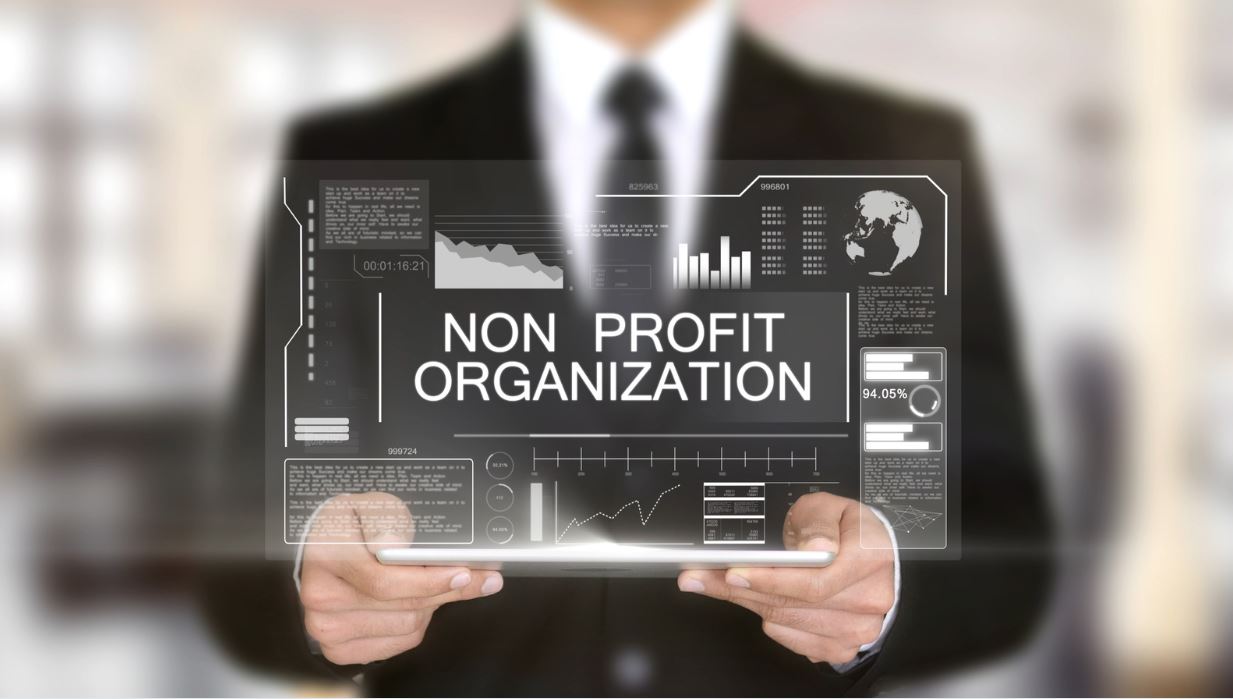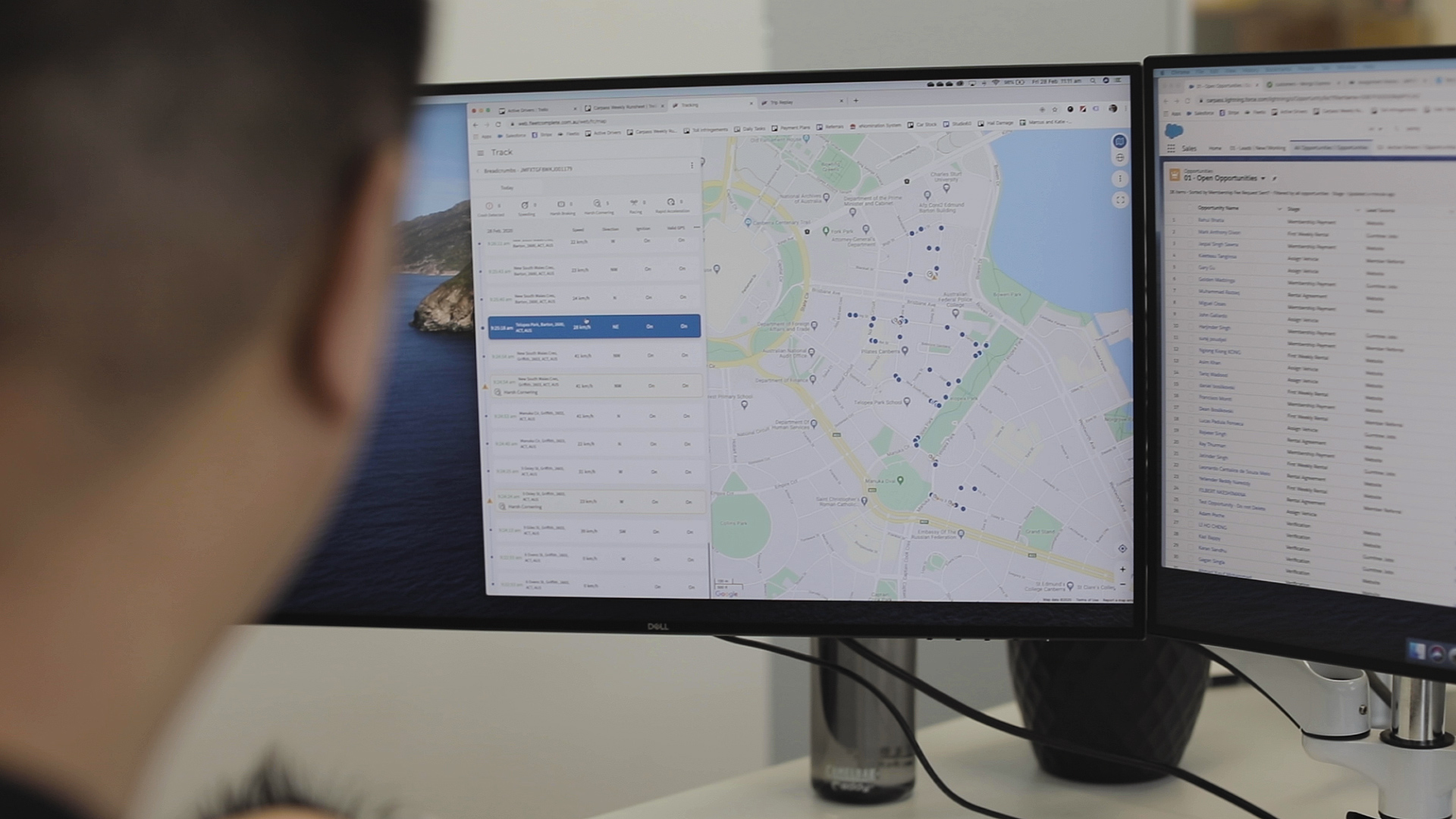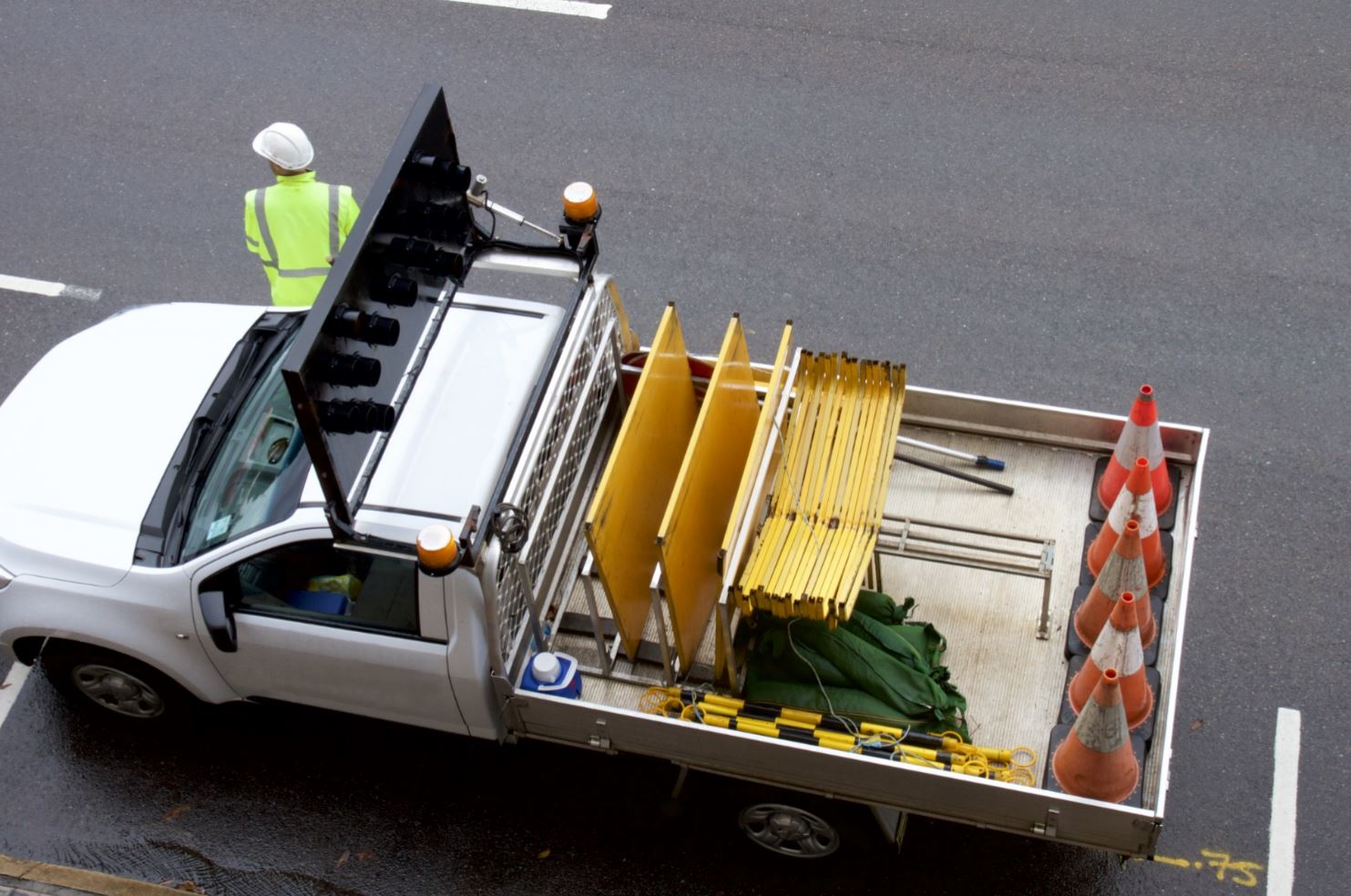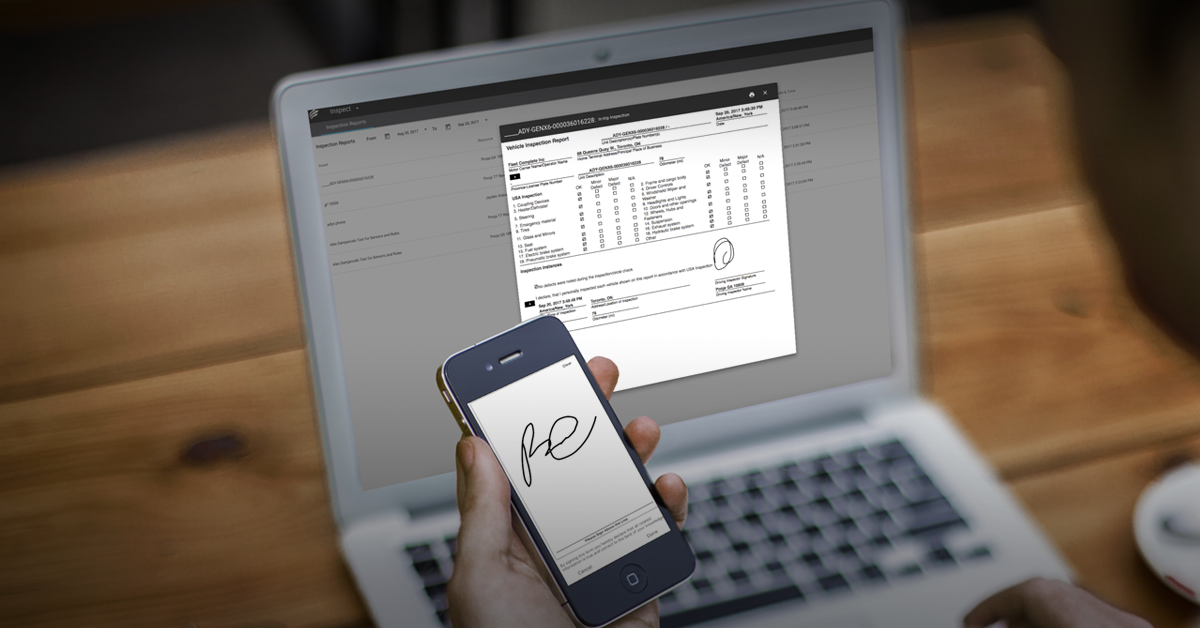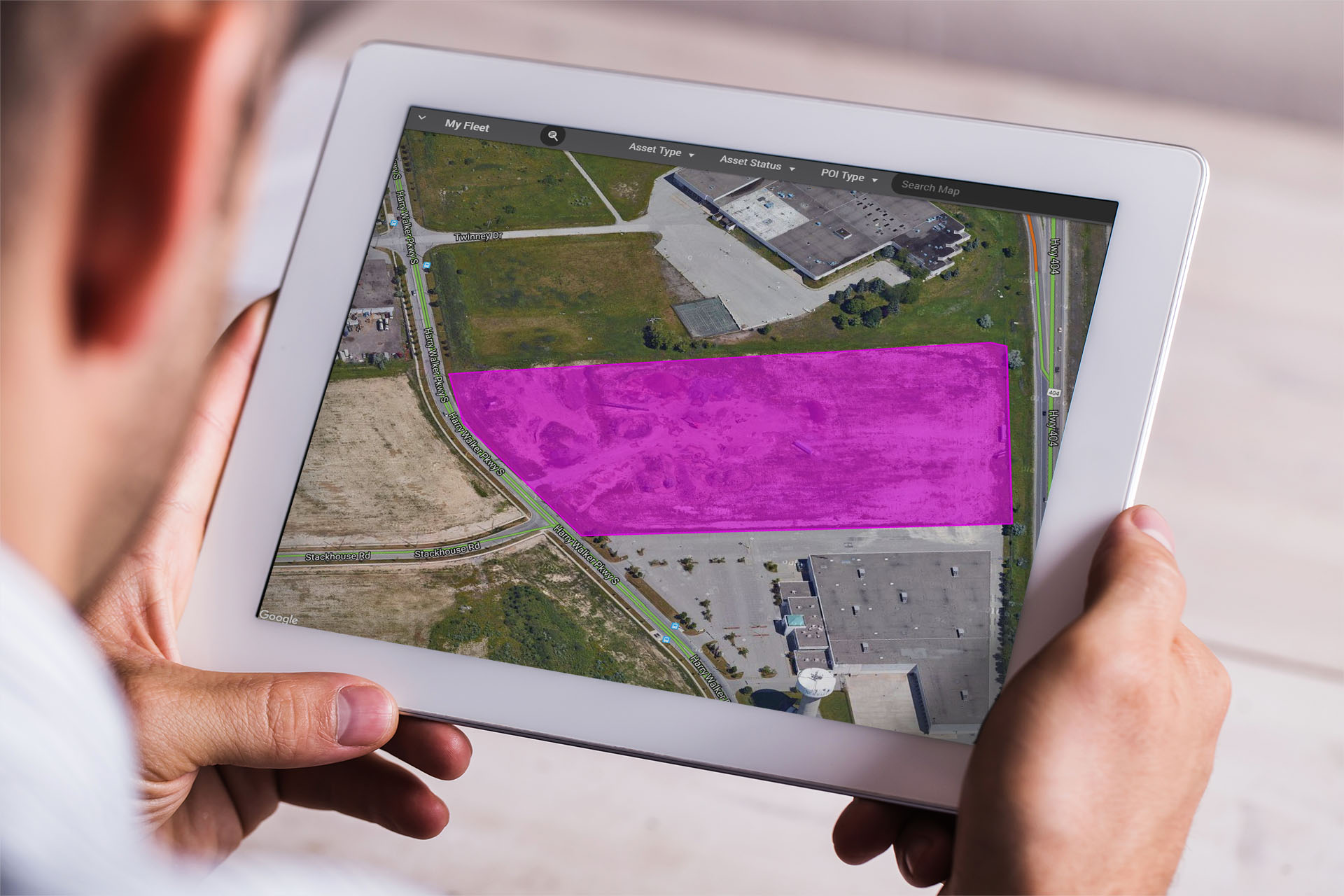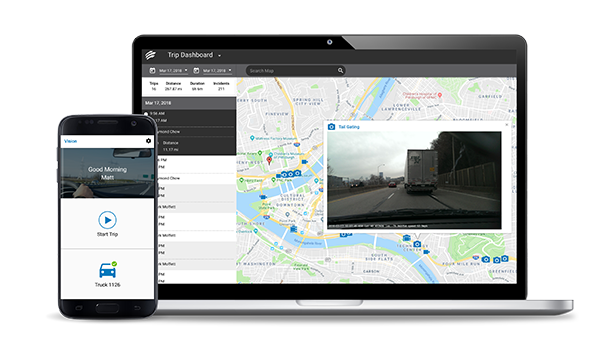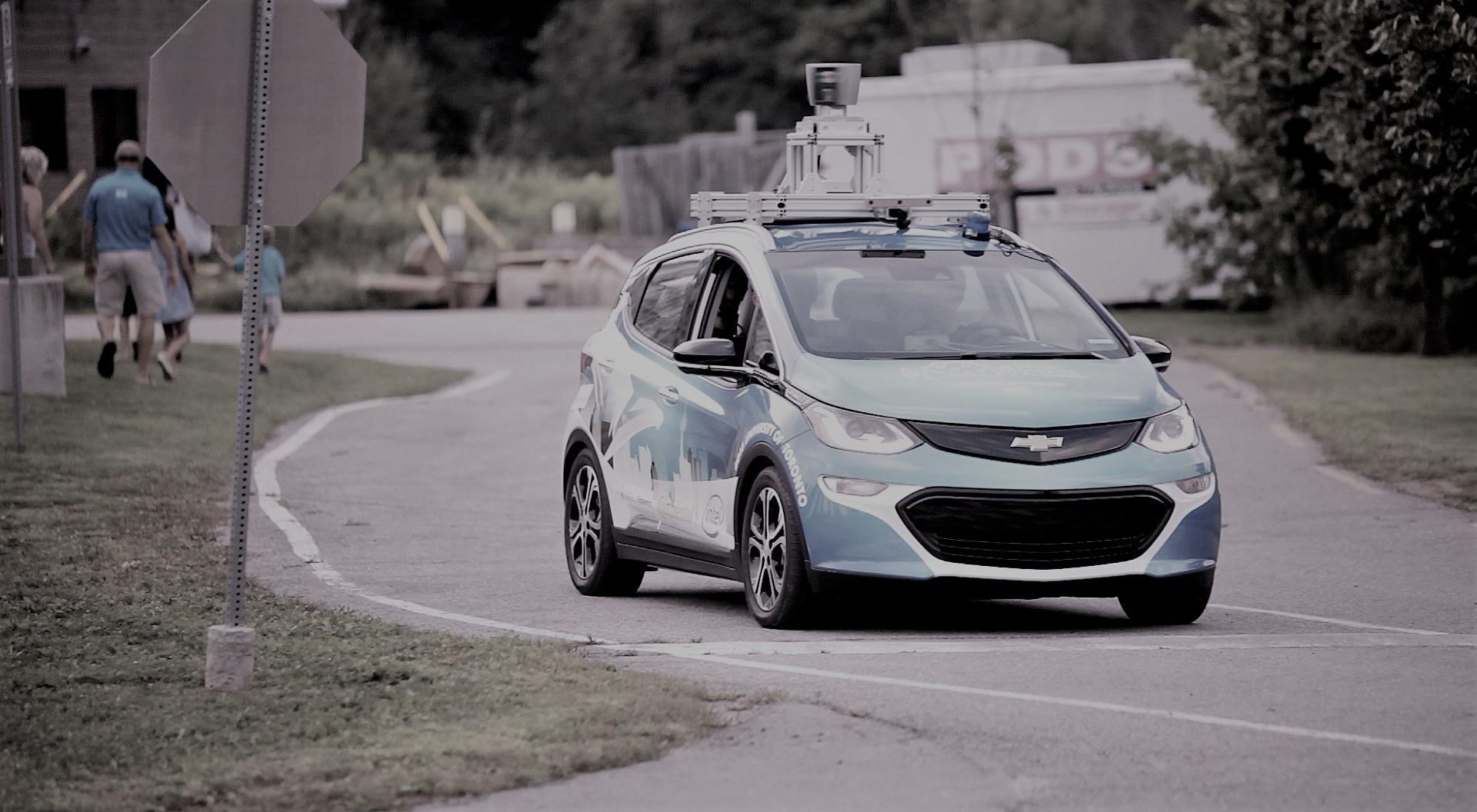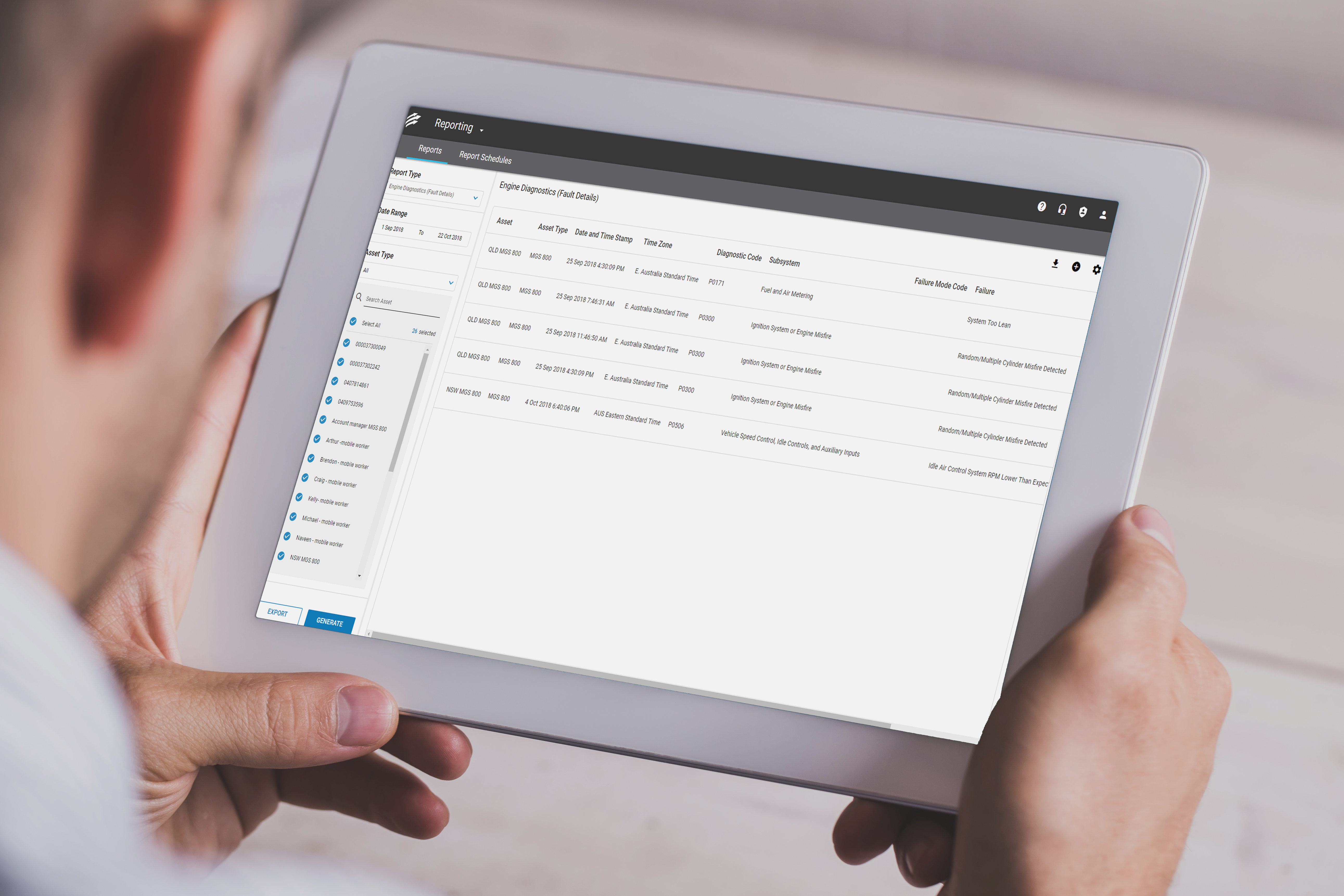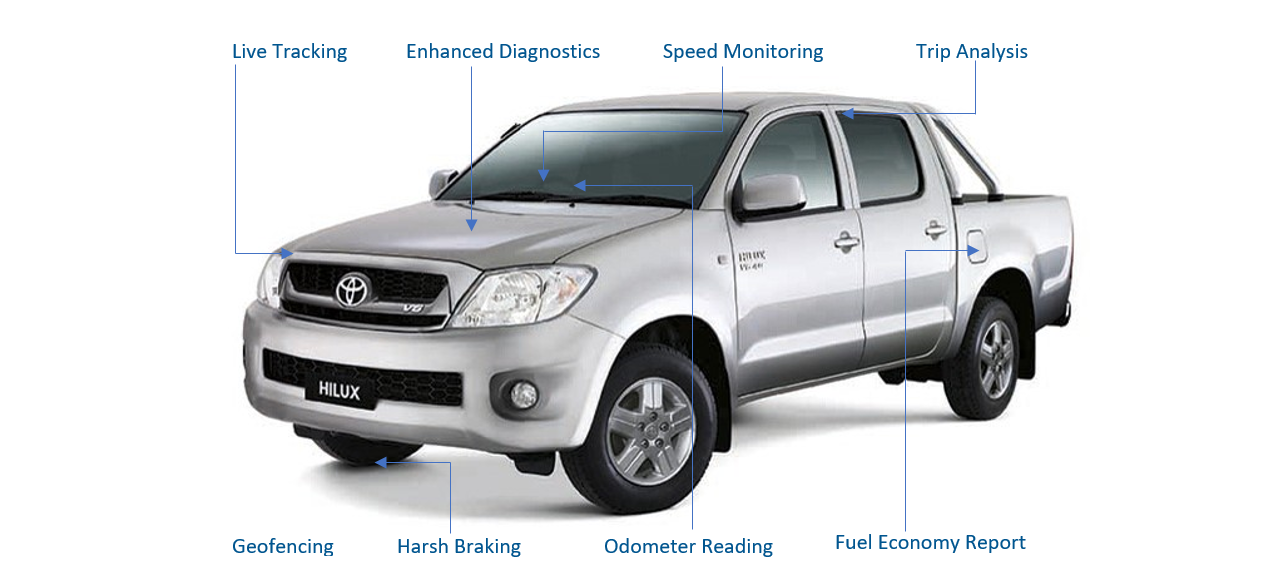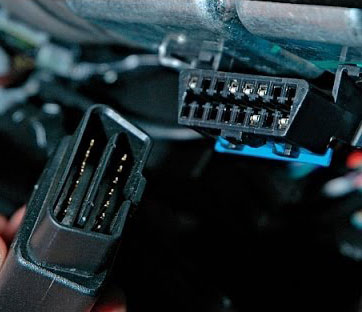
Despite stereotypes that can arise in various industries, fleets tend to be much more diverse than some realize.
Generally, a team will be comprised of a mixture of people with different personalities, different communication styles, and different backgrounds.
There may be drivers of various ethnicities in the fleet, as well as increasing numbers of female drivers. In fact, recent studies show that 40.6% of all trucking jobs are held by minorities. This far outstrips the national average for all industries – overall, minorities hold just 22% of jobs in the US, according to the Bureau of Labor Statistics.

The trucking industry is one of the most ethnically diverse industries in the US (Image Source).
Still, encouraging and supporting diversity in your fleet needs to be a top priority for your business. In this post, we’ll highlight why diversity is important, how it can lead to a company’s success, and how you can encourage it in your fleet.
What is Diversity?
Diversity refers to a range of differences across your workforce. Here are some of the different types of diversity you’re likely to encounter:
- Cultural diversity
- Racial diversity
- Sex / Gender diversity
- Sexual orientation
- Ability diversity
- Religious diversity
- Age diversity
- Neurodiversity
Why Diversity is Important
Everyone deserves equal treatment. This includes equal opportunities to work and advance their careers and be safe and happy on the job. Ensuring your business embraces these qualities isn’t just fair and correct, but it also helps ensure the well-being of your staff, which is good for business. Here are some of the benefits:
Better Productivity
Companies with diverse workforces are shown to be more productive overall. Research by global management consulting firm McKinsey & Company revealed that businesses ranking in the top quarter for gender and ethnic diversity are 35% more likely to have above-average financial returns.
“Ethnic diversity is becoming a competitive differentiator,” said Jane Jazrawy, Chief Executive of CarriersEdge, a provider of online safety and compliance training tools. “Companies with ethnic diversity have higher earnings and are better able to win top talent.”
Attracting Top Talent
It’s vital for businesses to find and hire skilled staff – and welcoming diverse workers into your fleet is the best way to ensure that happens.
Welcoming diverse individuals and making them feel supported on the job has the potential to become a virtuous circle: the more varied your workforce is, the more talent you attract by fostering an inclusive environment.

The benefits of a diverse workforce are significant and varied (Image Source).
How to Support Diversity In Your Fleet
Diversity is achieved through equity and inclusion. Here’s how to promote both in your fleet.
1. Make Diversity a Key Part of Your Culture
Diversity shouldn’t be a once-in-a-while hiring initiative. Treating different genders or ethnicities as a box-ticking exercise will lead to tokenism.
Tokenism: “the practice of doing something (such as hiring a person who belongs to a minority group) only to prevent criticism and give the appearance that people are being treated fairly.” – Merriam Webster
Instead, make diversity education an integral part of your business – from educating current employees about inclusivity and challenges certain groups may face to ensuring your hiring process is as free from unconscious biases as possible. Create a safe space for conversations to continue once training has been completed and welcome questions from staff and customers year-round.
The bottom line: training is great, but companies must live and breathe their values if they’re going to stick.
2. Start at the Top
The easiest way to ensure your business promotes diversity is to have diversity at the very top of your organization. Have leaders diverse in gender, race, ethnicity, sexual orientation, education, nationality, and so on. This will lead to a more inclusive culture and a naturally diverse company.
“Many organizations attempt to teach diversity but don’t practice it. Having diverse team members at all levels of your organization will ensure that your team members see the humanistic qualities in people of different backgrounds. Don’t just talk the talk. Walk the walk and do the work of finding qualified team members so that they can learn to work together and relate with one another,” says LaKesha Womack of Womack Consulting Group in an interview with Forbes.
3. Address Unconscious Biases
Eliminating discriminatory biases is vital if you’re to be welcoming to all. Consider unconscious bias training. Make sure your hiring team embodies a diverse background themselves. Also, look into ways to make the process less vulnerable to biases. For example, don’t show names and photos on the resumes of potential recruits.
4. Communicate the Value of Each Person
It’s the manager’s job to ensure everyone feels valued – and that they understand the value of their colleagues equally. It may take conversations and training to help everyone appreciate and respect the strengths these differences bring to the organization. It’s also important managers are on the lookout for discriminatory behaviors and are prepared to have tough conversations with staff if they spot problems.
5. Promote Safety
Be aware of safety requirements and the unique needs of certain demographics. For example, those with a physical disability may need fittings inside their cab that help them operate their vehicle safely and comfortably. Also, for general safety that helps attract a variety of recruits, you can equip vehicles with an emergency alert and use GPS fleet management software to help track trucks in real time.
Diversity Best Practices
As outlined in this article, there are many ways to ensure your fleet follows diversity and inclusion best practices. Here are some of the key takeaways and essential things to remember:
- Educate current staff and raise awareness of potential issues faced by certain groups of people and improve conditions for those already working in the industry through training and discussion.
- Promote career opportunities for all staff and be mindful of unconscious bias.
- As far as possible, adopt an anonymous hiring process, and invest in tools – like telematics and fleet management software – that make it easier for drivers to communicate effectively and stay safe.
- Be aware of – and take steps to avoid – tokenism. Instead, diversity must be a key part of your company’s culture and be incorporated into decisions, interactions, and communications to be truly inclusive.
If you want to know how Fleet Complete can promote safety and good communication among your workforce, learn more by requesting our Fleet Complete demo.
If you found this article useful, please share it with your social media network.


















